STi technical staff has vast experience in Agile software development and integration. We have a proven track record of successfully delivering custom software and integrating systems across a vast array of technologies. STi consults with our clients to raise awareness of the benefits and issues that result from custom development. STi has a pragmatic approach to evaluate existing investments in light of available COTS technologies and the long-term costs of custom development. Therefore, we consider that custom software development is the option of last resort. This fact is underscored by our relentless pursuit to deliver solutions with minimal time-to-value ratios while maximizing return-on-investment to our clients. Our reliance on open-standards integration methods through SOA, BPM, and BSM allow us to deliver applications that meet custom requirements but leverage existing investment and COTS solutions.
We integrate legacy, custom and COTS applications to provide decision makers with a ‘single constituent view’ spanning multiple domains. Utilizing standards-based technologies, such as Business Process Management Systems (BPMS), Business Rules Management Systems (BRMS) and ESBs, we link disparate systems together to automate processes, consolidate data and eliminate latency in decision-making. We are also experts with a number of the underlying standards and reference models.
Our Integrated Requirements Design (IRD) methodology fuses requirements analysis, process modeling and system design together into a more holistic process:
Ensures continuous compliance with enterprise models and standards while providing detailed guidance for the development and deployment of complex enterprise systems.
As an iterative, requirements-driven process, promotes tighter alignment between business objectives and solution capabilities.
Our Agile software development and integration practice aligns the latest principles of effective development with our client’s SDLC requirements. For instance, at PBS, we ensure that all the necessary EQP requirements are in place while embracing all the benefits of Collaborative Application Lifecycle Management (CALM).
CALM involves the coordination of development life-cycle activities, including requirements, modeling, development, build, testing and maintenance through:
Enforcement of processes that span these activities
Management of relationships between development artifacts used or produced by these activities
Reporting on progress of the development and maintenance effort as a whole
